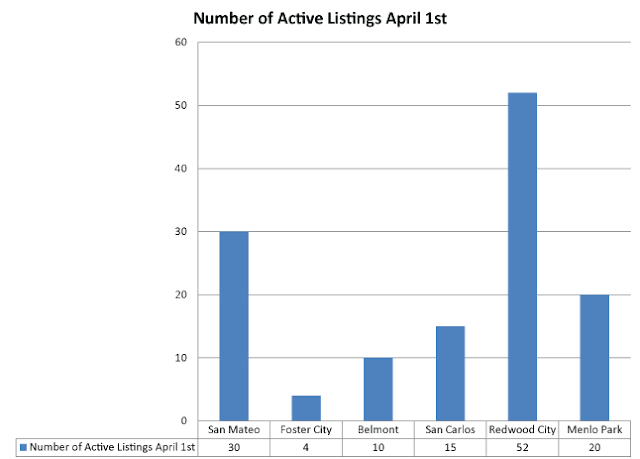At a public meeting on Monday night, San Mateo City Council met to decide on whether or not to pass temporary tenant protection measures, but the contentious meeting was adjourned without a single vote being cast. This was the second of two meetings that were held to address a report provided by the city's housing task force, which highlighted a 40% increase in rent over 4 years, and a huge imbalance in jobs to available housing.
After failing to reach an agreement on a 90 day just cause eviction and rent control ordinance last week, the Council was again incapable of coming to a meeting of the minds about a proposed relocation assistance program this week. The relocation assistance program would have required landlords to pay tenants six months worth of the area’s median rent for a similar size unit if they evicted tenants without just cause or give steep rent increases of 10 percent or more. This temporary measure was supposed to protect tenants from landlords preemptively raising rents while the city, tried to come up with a more long term solution.
Frustrated with the city's inaction, tenant groups opted not to attend the latest meeting. Reyna Gonzales, a representative from Faith in Action - a group that has been lobbying for tenant protections - issued the following statement regarding tenant absence:
“Over the past 18 months, we have been to more than a dozen city meetings, have participated in the city’s task force, have shared painful, personal stories, and have watched hundreds of families and seniors in our community be displaced while the council deliberated what action to take. We are tired of witnessing how the voices of special interests seem to continually outweigh the voices of residents. We are choosing not to attend tonight’s meeting because it is clear that the council will not take action to address this crisis in a meaningful way”
Those in opposition to tenant protection measures however (mostly landlords), were heavily represented at the meeting.
For now, both parties seem to be resigned to let the issue of tenant protection/rent control be decided by the voters on the November ballot.
Source: San Mateo Daily Journal



